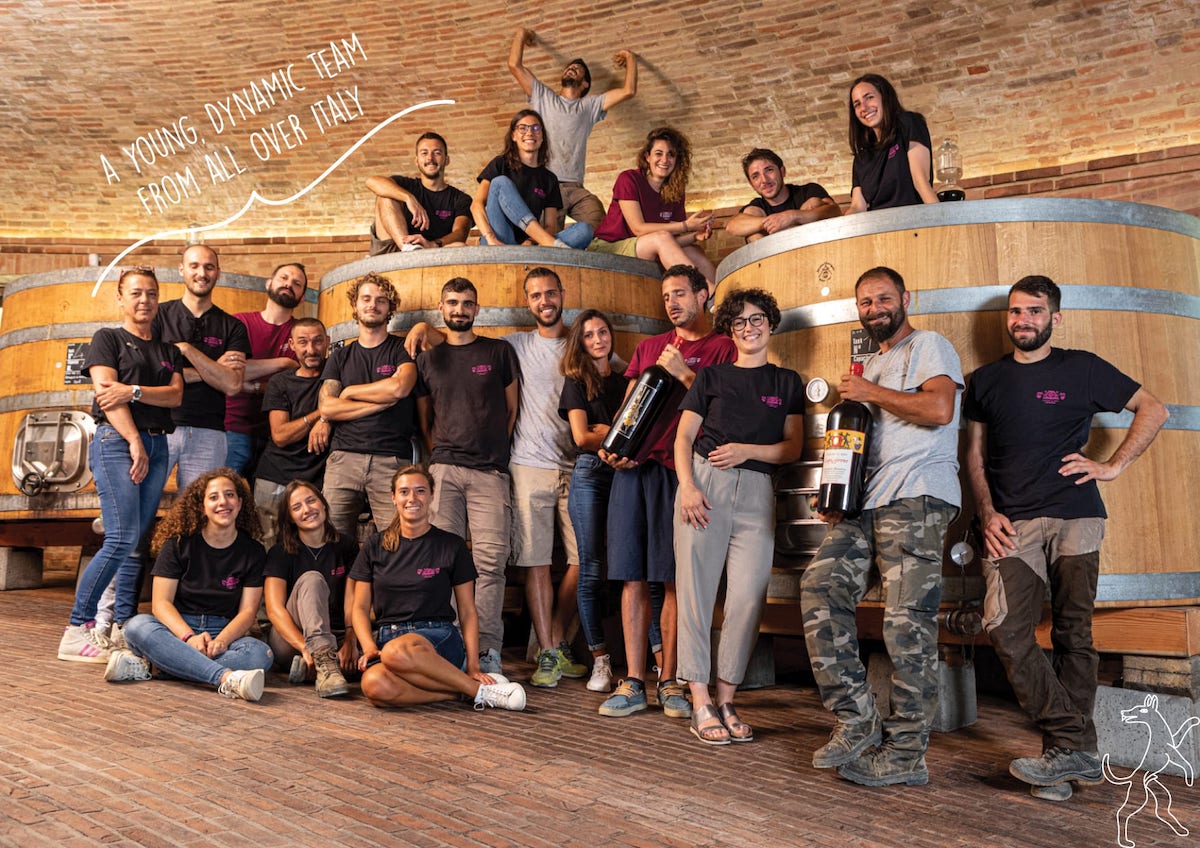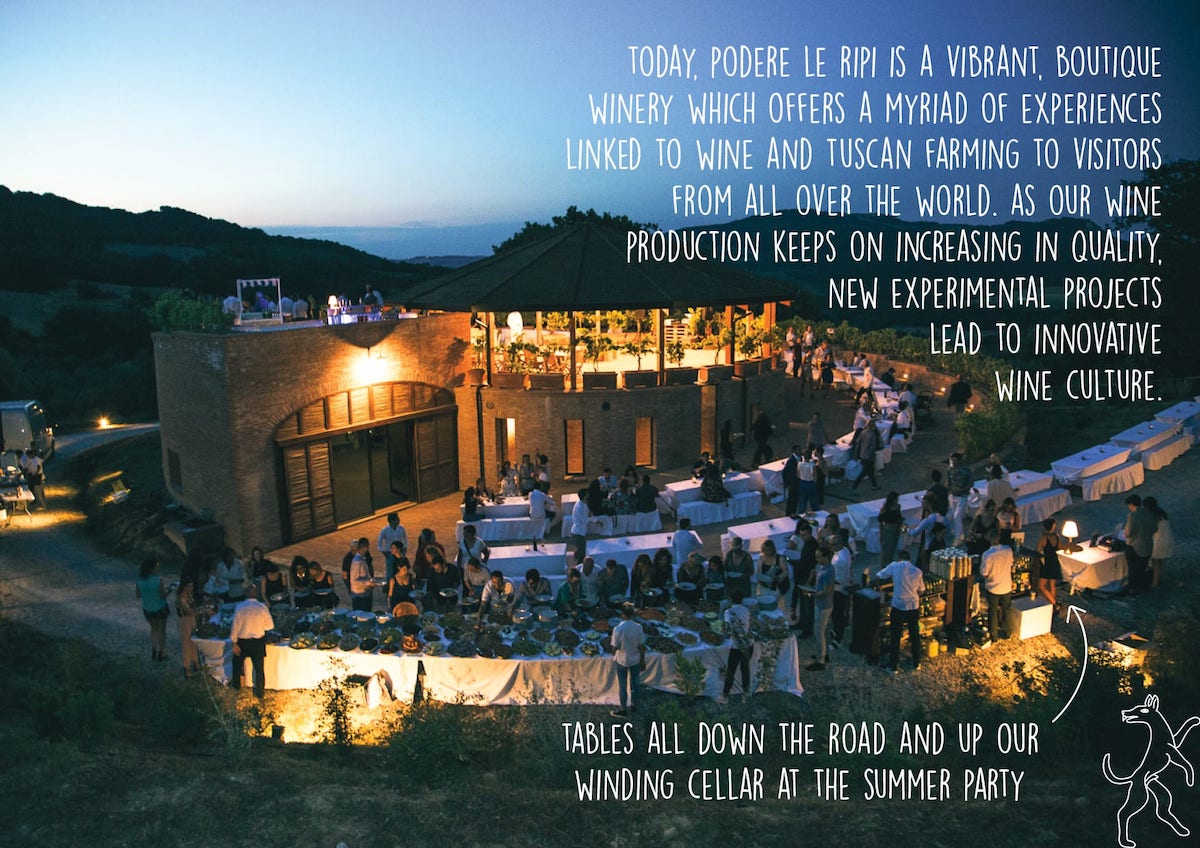Prenota una visita
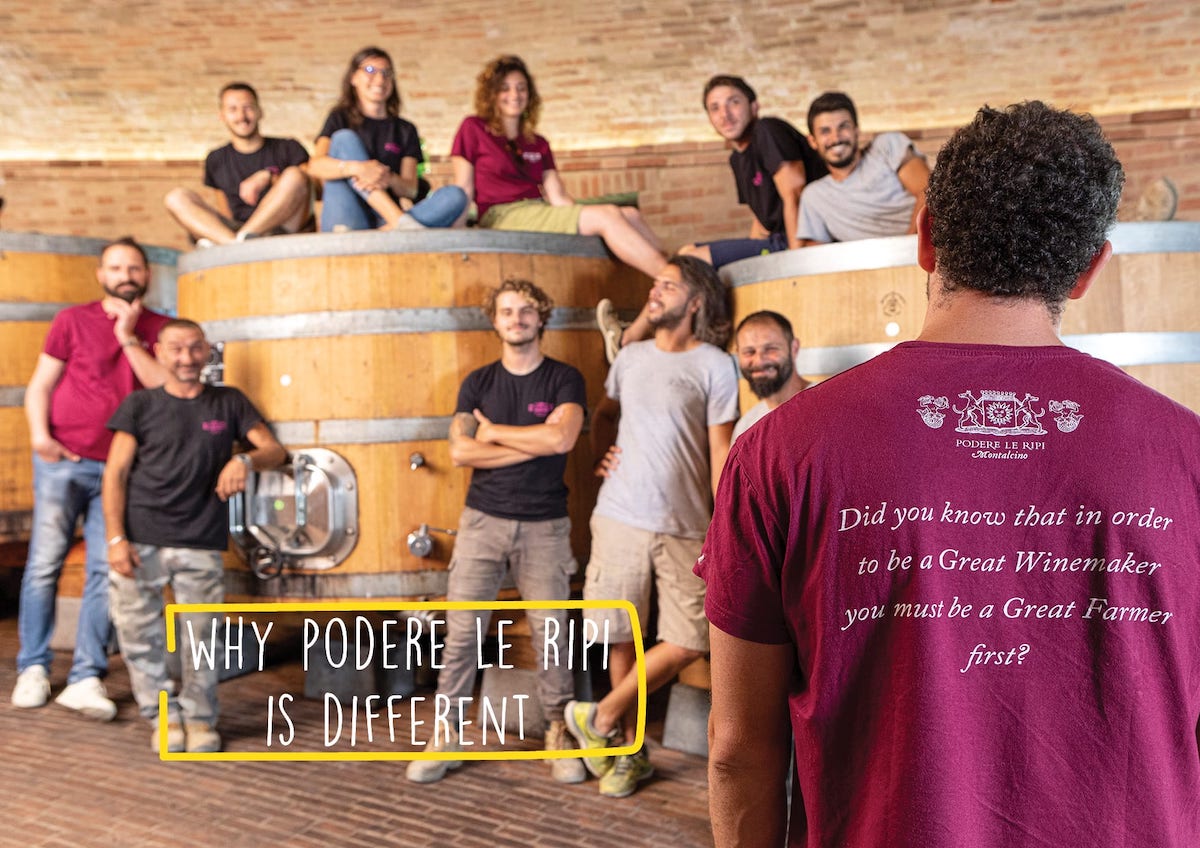
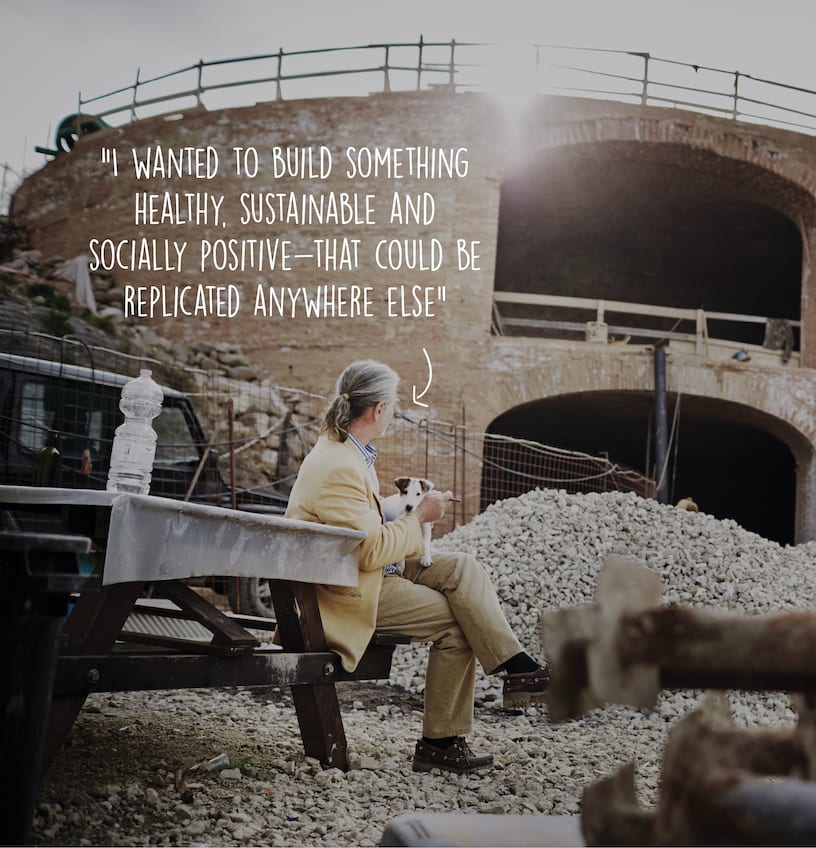
Francesco Illy founded Podere Le Ripi in 1997. “Coming from a creative advertising background, wine has always been a passion of mine. Podere le Ripi started as a dream to create something extremely beautiful. My original dream was actually to produce wine on an island, and although Podere le Ripi is not even close to the sea, I imagine it as a sort of peninsula that dives into the noisy Orcia river.”
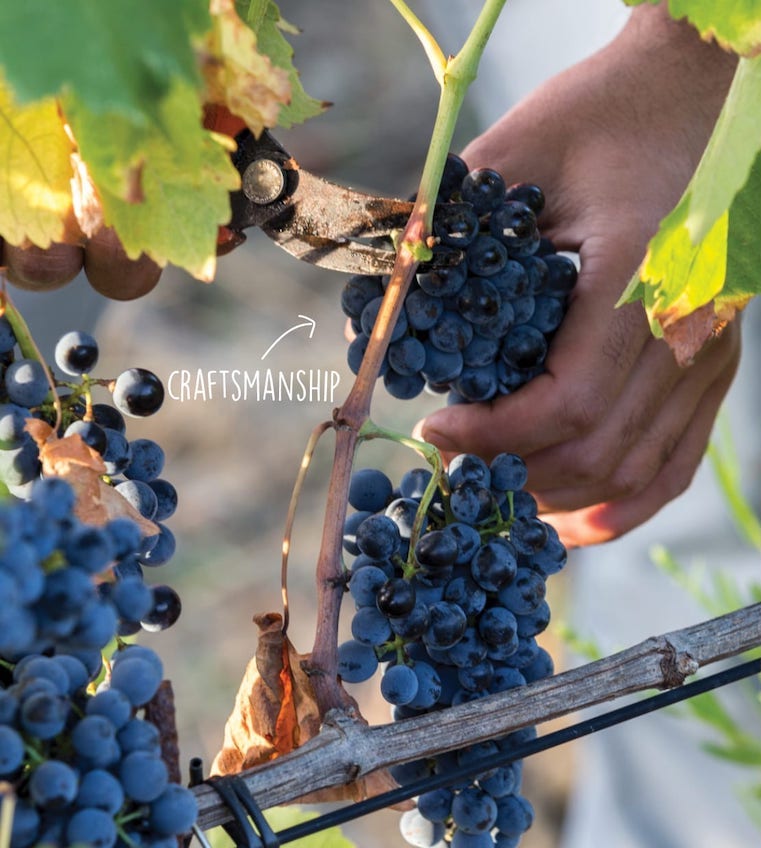
This concept comes from the belief that every business should understand the importance of aesthetic, ethic, economic, ecological and social impact.
Why economic? Only if it works financially, then it will last in the future and replicate itself.
Why ecologic? Only if it is able to respect in the environment in which it thrives, then it will have a sustainable survival.
Why ethic? Only if it is ethical then it will be a long-lasting model.
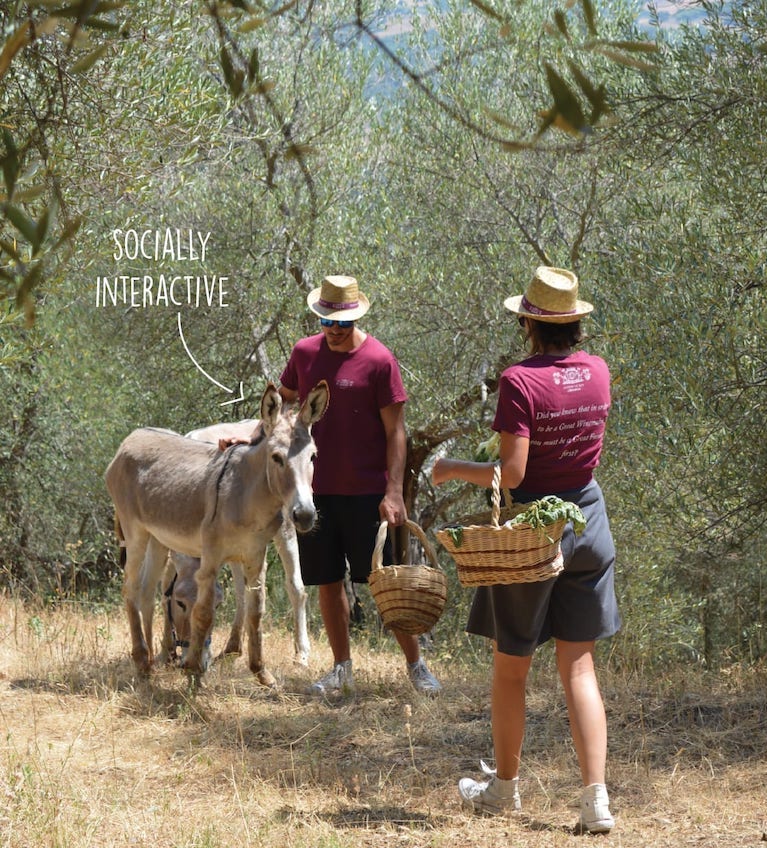
Why aesthetic? Only when it works aesthetically it can create culture.
Why social? Only if it works socially it can build a team that creates and evolves this culture and spreads it inside and outside the company.
The companies that can successfully imitate and respect such sustainability model, that can respect these whys (regardless of the business they’re in) are companies that will guarantee a peaceful survival to the human race.
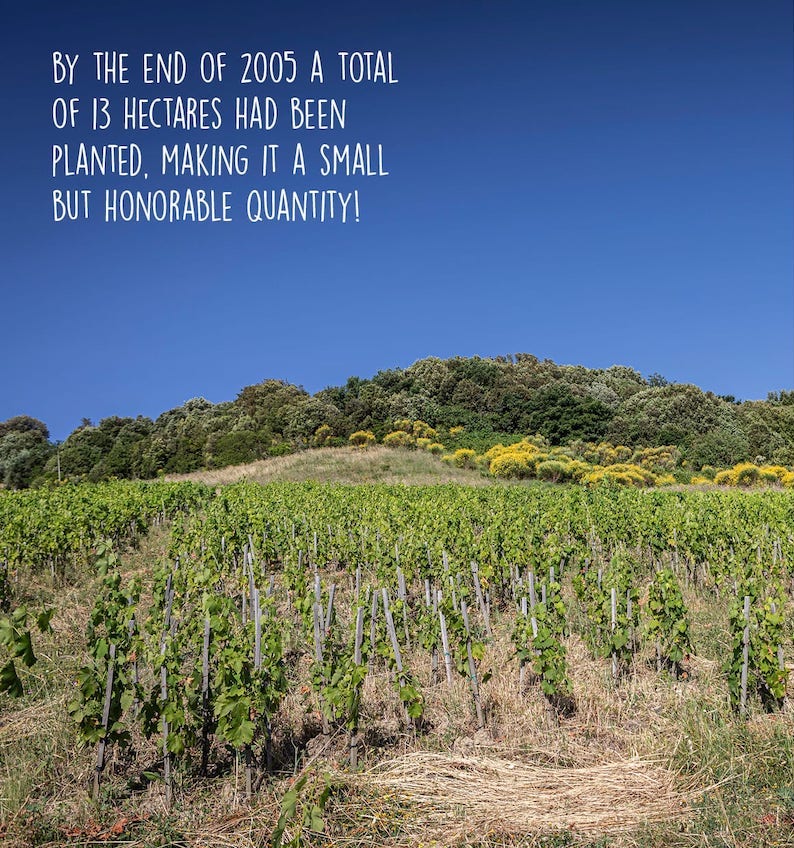
Podere Le Ripi started out as Francesco’s home, 50 hectares of land that didn’t even have a vine in sight. Once the ruins of the house had been restored, Francesco decided to plant a few hectares of vines to produce some grapes. He ended up producing a few barrels of wine and loved it. From there he decided to keep planting while experimenting with the Bonsai vineyards, which ended up becoming the densest in the world (we’ll talk more about this one soon).
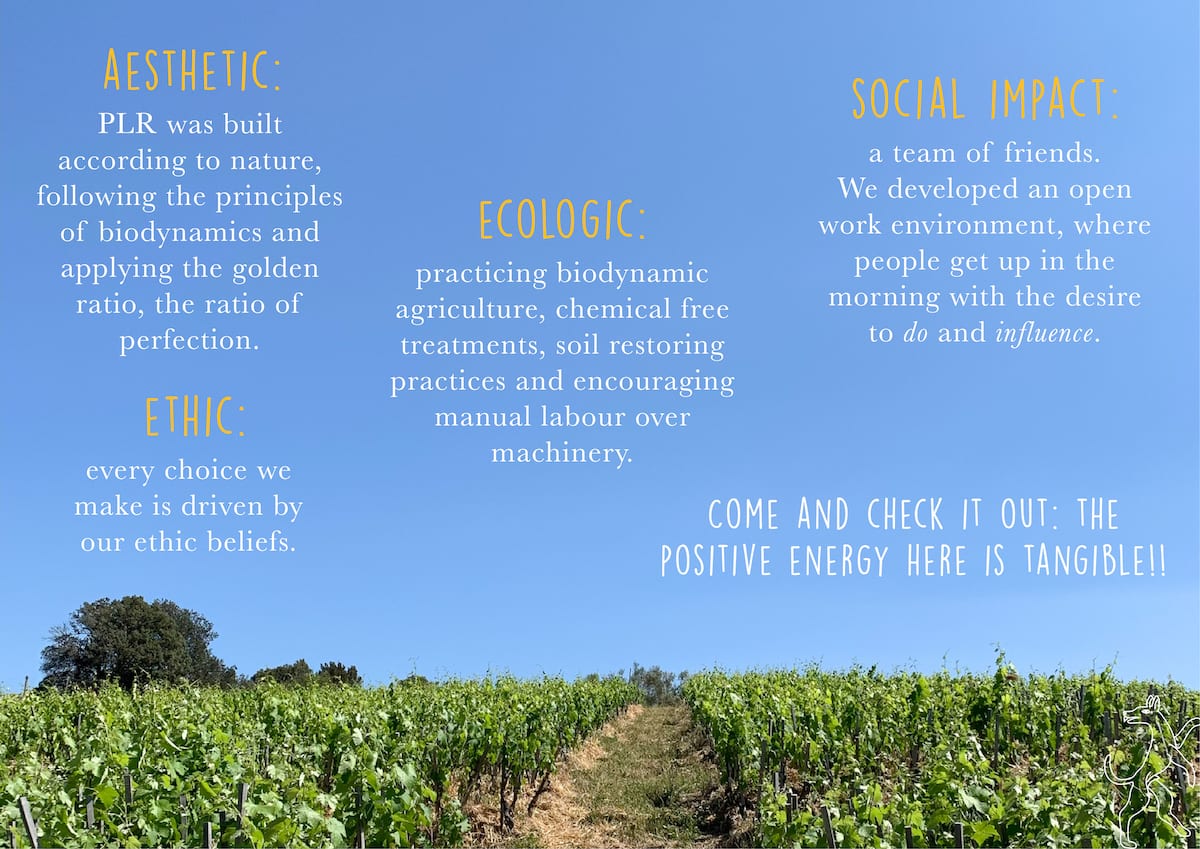
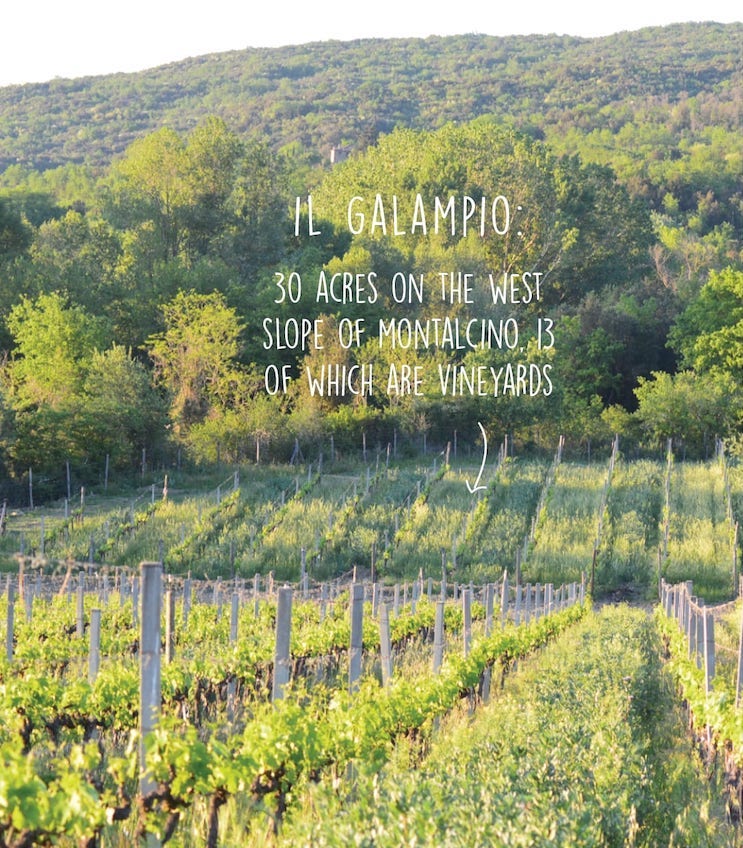
In 2017 we decided to see if the model could be applied elsewhere, thus giving the team a new challenge. A team that felt very strongly about their work and felt ready to expand. So we purchased Il Galampio: a winery on the opposite slope of Podere Le Ripi, allowing us to produce the same type of wine, Brunello, but with a very different style, due to the different terroir.
This addition made things a lot more fun for the winemakers, agronomists, marketing team and, of course, our customers.
